2025 Deepal G318 Review: Meet the Toyota Prado’s worst nightmare. This Chinese range extender can shake up the diesel-dominated Aussie 4WD market
Forget diesel engines and big fuel tanks, the new breed of frugal off-roaders rely on electricity and petrol – and they’re looking to shake up a market segment steeped in tradition.
One car that could be at the forefront of that fundamental change is the Deepal G318, a boxy-looking range extender hybrid EV (EREV or REEV is the acronym) that has its sights set on Australia.
It’s no secret Aussies love their off-road four-wheel drives and two of the hottest sellers are the Toyota Prado and Ford Everest.
READ MORE: Will the Deepal S07 be good enough to put a dent in Tesla‘s Model Y sales?
READ MORE: Radical Deepal E07 priced: SUV that transforms into an ute
READ MORE: 2025 Deepal S07 Review: Is there substance to match the style?
READ MORE: Luxury hybrid Deepal S09 three-row SUV claims 180km electric range
The Deepal G318 wants a slice of that rough road action with its rugged good looks inspired by the likes of the Mercedes-Benz G-Wagen and Land Rover Defender.
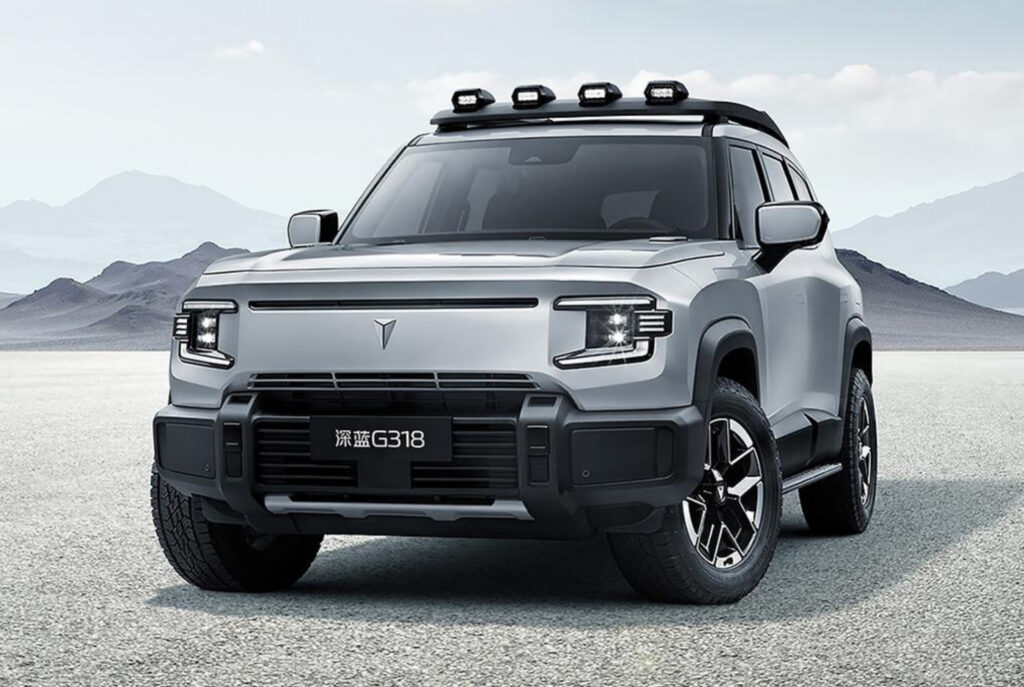
But it’s beneath the skin is where things get interesting.
The G318 has two electric motors for four-wheel drive. But there’s also a 1.5-litre four-cylinder turbocharged engine to act as a generator to extend the range.
It’s designed to go a long way off-road but use a lot less fuel doing it.
Along with a 35.07kWh battery it provides EV-only running for well over 100km along with the fuel tank to extend that range to something like 1000km.
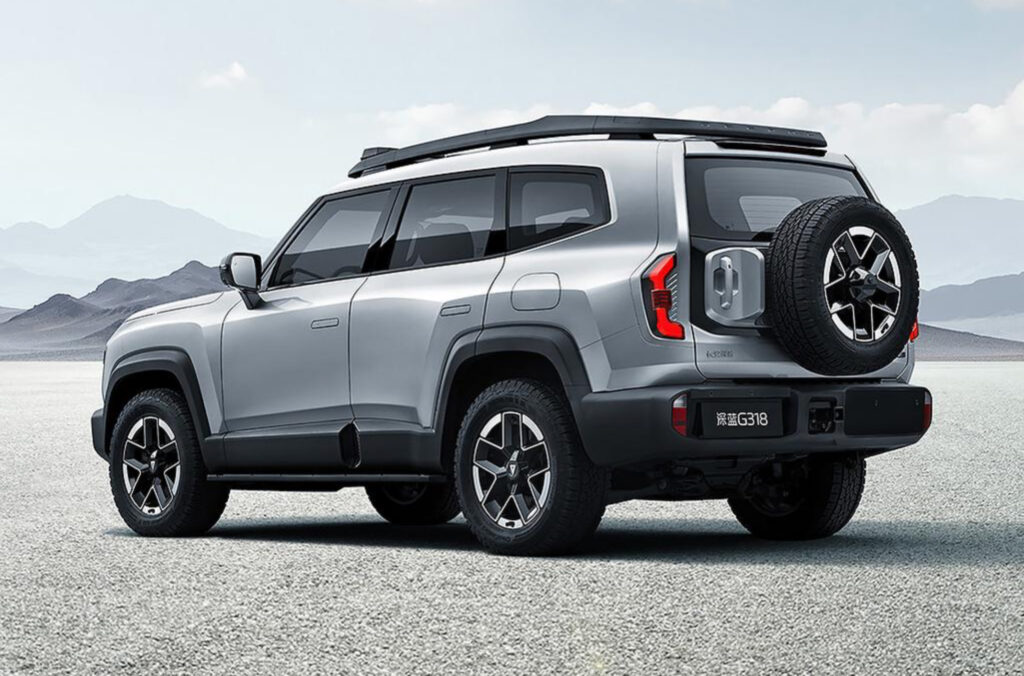
First, though, some background. Deepal is one of about a dozen newcomer brands. It’s part of Changan, one of the heavy hitters of the Chinese automotive market.
Deepal arrived on the Australian market late in 2024 with the S07, a mid-sized electric SUV.
Later in 2025 it will launch the smaller S05 and the quirky Deepal E07, an SUV that transforms into a ute.
2025 Deepal G318 price and equipment
The Deepal G318 isn’t locked in for Australia but the local importer (which also looks after Subaru, Peugeot and Foton) is keen. It seems like a matter of when rather than if.
There’s no word on pricing but we’d reckon it needs to start somewhere near $70,000 to cut through against popular diesel-powered off-road rivals such as the Prado and Everest.
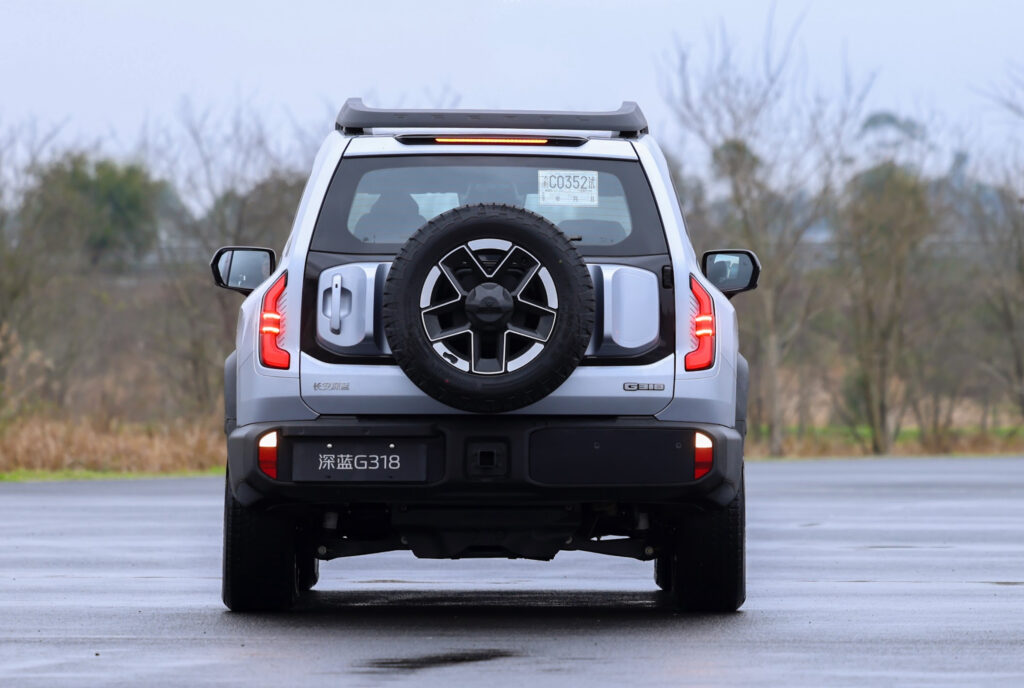
And it’d want to be packed with gear, as our car was. Think things such as a panoramic sunroof, 14.6-inch infotainment screen and digital instrument cluster.
There’s also a high level of trim, with quality finishes throughout.
Deepal G318: what we think
It’s impossible to ignore the design of the Deepal G318. There’s some old school rugged boxiness and muscularity teamed with modern touches.
The spare wheel on the swing-out tailgate adds to the rugged aesthetic and the roof platform with integrated spotlights is a neat touch.
Inside there’s more of that functional thoughtfulness.
Grab handles on either side of the dash, orange stitching and quality plastics make for something a cut above many mainstream off-roaders.
And Deepal has resisted the temptation to pack everything into the 14.6-inch touchscreen, instead leaving physical buttons and toggles for things such as the ventilation and drive mode selector.
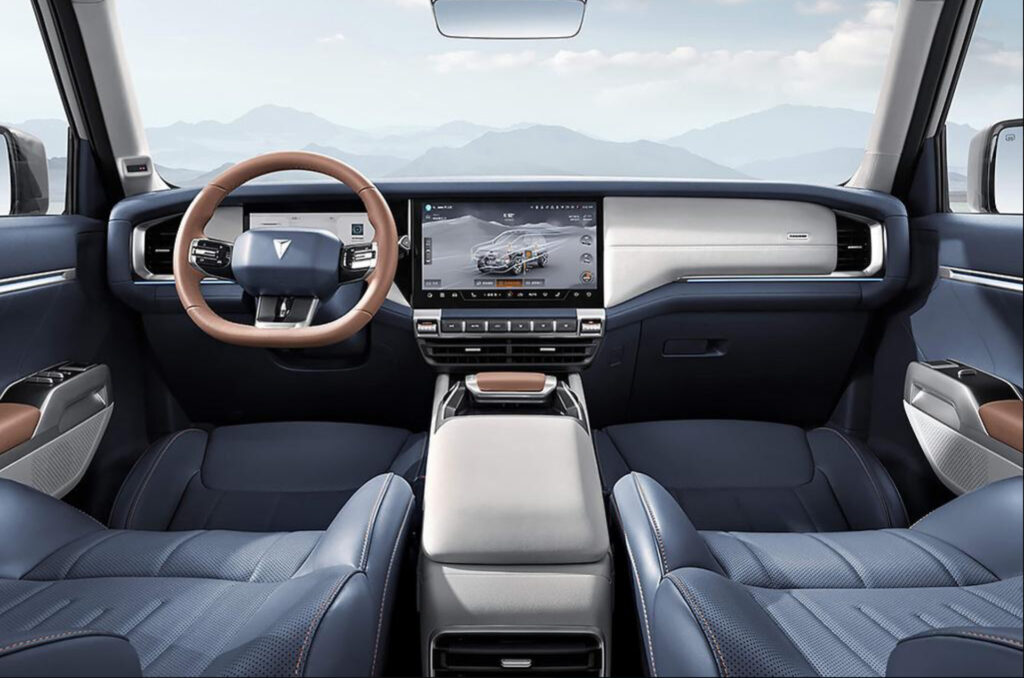
The G318 is a five-seater in a market segment where three rows of seats is common. That’s less of an issue for off-road touring but doesn’t bring the family versatility some need.
Like the new breed of plug-in hybrid EVs – including the BYD Shark 6 and GWM Cannon Alpha – the G318 ain’t lacking in grunt.
But being a range extender means the petrol engine never drives the wheels (as it can in a PHEV). Its sole reason for being is to generate electricity to extend the EV driving range.
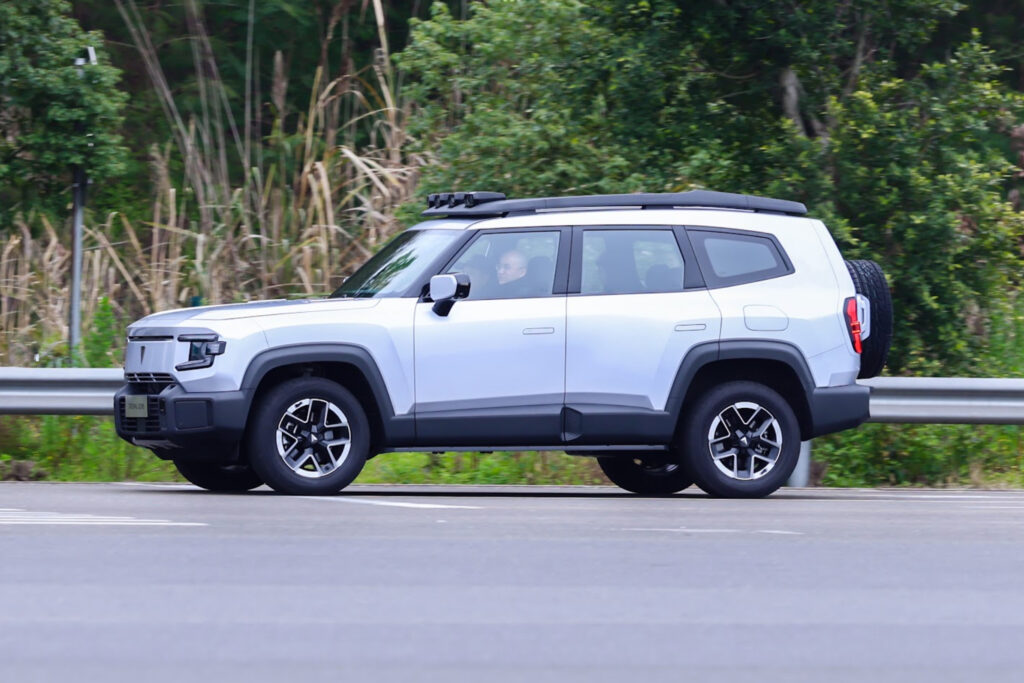
With up to 316kW and 572Nm in the dual motor model we tested, it the G318 gets along impressively. And it’s swiftly accessible in the way EVs do so well
While plenty of kilos dull the acceleration from what those lofty numbers might suggest, it’s a lot lustier than your average diesel off-roader. A Prado or Everest V6 would be quickly relegated to the rear vision mirror.
Our time behind the wheel was brief and for the most part relied on electricity. But keep your foot buried and get the speed up and you might hear the engine working quietly as it generates electrons.

It makes for refined and easy motoring.
The G318 also has decent off-road credentials, something we didn’t get to test out.
There’s a full-size spare wheel, decent ground clearance once you raise the air suspension system, an approach angle of 27 degrees and a departure angle of 31 degrees.
There’s also a rear locking differential and various drive modes to tailor the traction systems to different terrain.
But, being an off-roader it comes with on-road compromises.
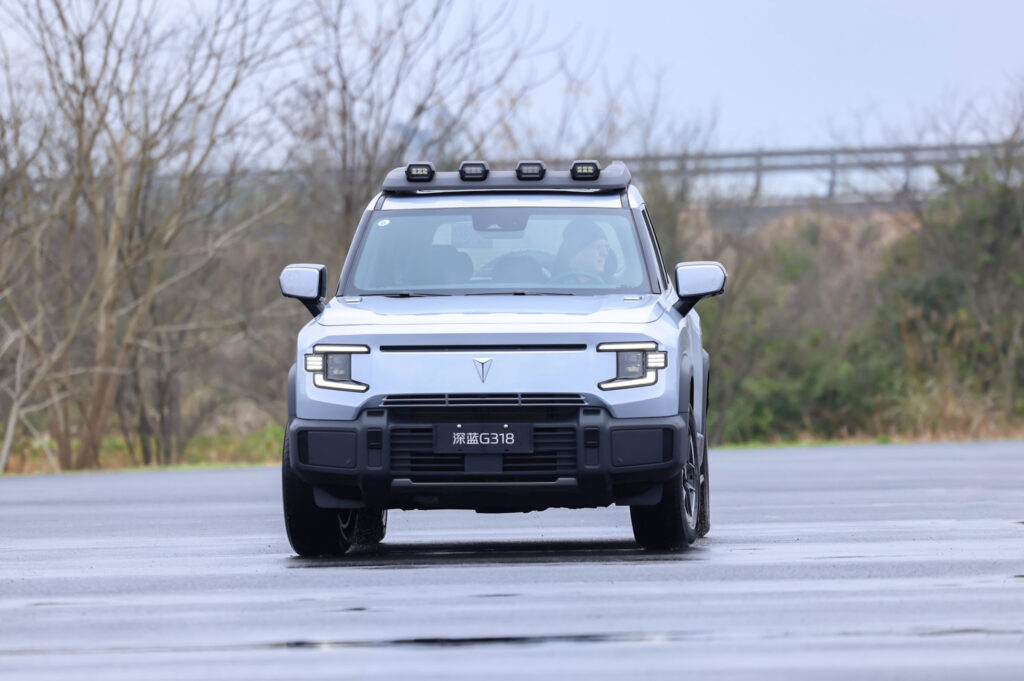
The 18-inch tyres are designed to resist punctures so have a chunkier tread pattern.
Grip levels are modest and it doesn’t have the steering crispness of something closer to the ground. There’s also some leaning as the suspension tries to counter the mass.
The tall ride height is also impacting that and there’s clearly a lot of weight at play as well.
2025 Deepal G318: Verdict
There’s lots to like about the Deepal G318, including its distinctive design and high levels of equipment. There’s also impressive attention to detail on everything from tech to materials.
No shortage of EV grunt, either.
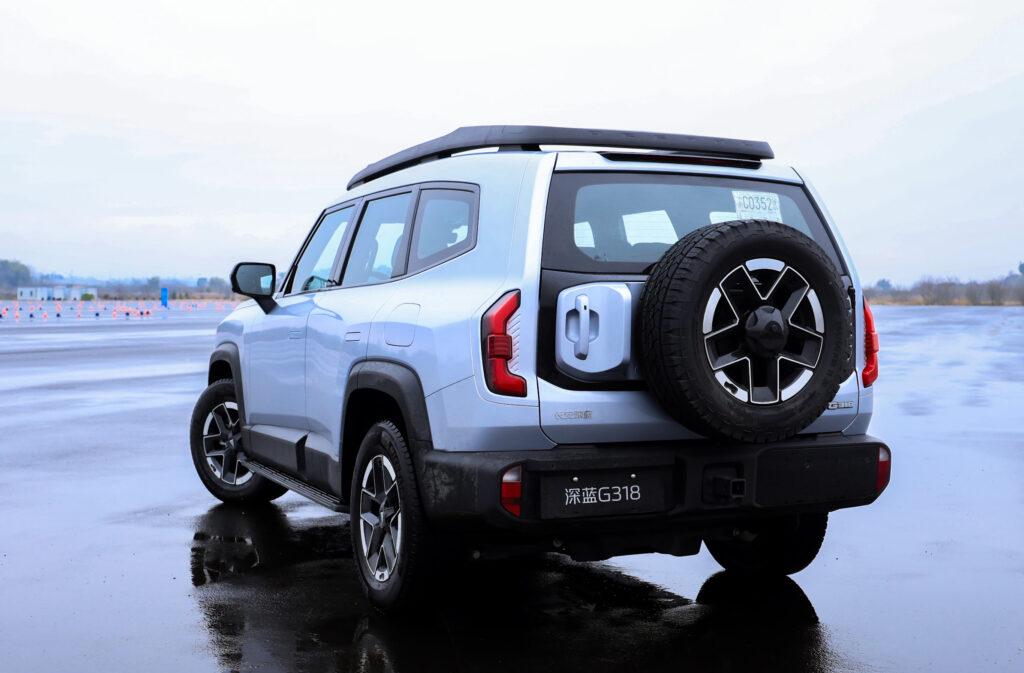
Being a vehicle designed to do proper off-roading there are clear on-road compromises, predominantly on the dynamic front.
Really, though, for a car with the likes of Toyota and Ford in its crosshairs the real test needs to be on rough roads. The G318 is a car that needs to perform in the rough stuff, not in the showroom.
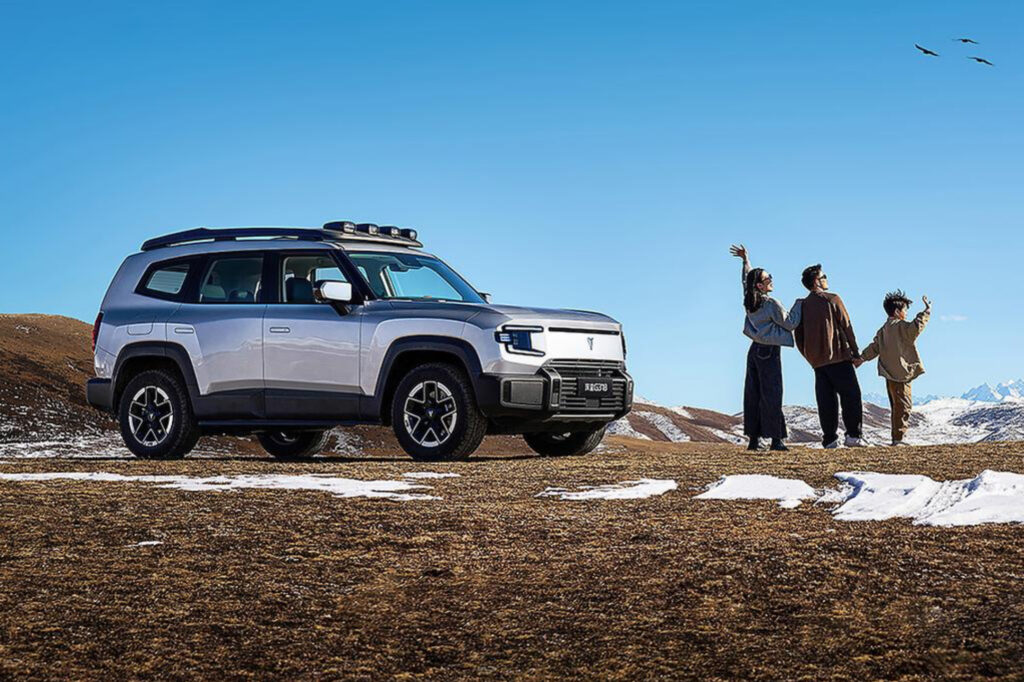
So we’ll reserve judgement until we’ve given it a proper off-road test Down Under.
Hopefully it’ll happen sooner rather than later.
Score: 3.5/5
Deepal G318 specifications
Price: From about $70,000 (estimated)
Basics: Range extender EV, 5 seats, 5 doors, SUV, 4WD
Range: 100km-plus on electricity, up to about 1000km total
Battery capacity: 35.07kWh
Battery warranty: NA
EV energy consumption: 22.5kWh/100km
Motors: 1 front 131kW/262Nm and 1 rear 185kW/310Nm
Combined outputs: 316kW/572Nm
AC charging: NA, but about 6 hours for a full charge
DC charging: NA, but 30-80% charge takes about 30 minutes
0-100km/h: 6.5 seconds

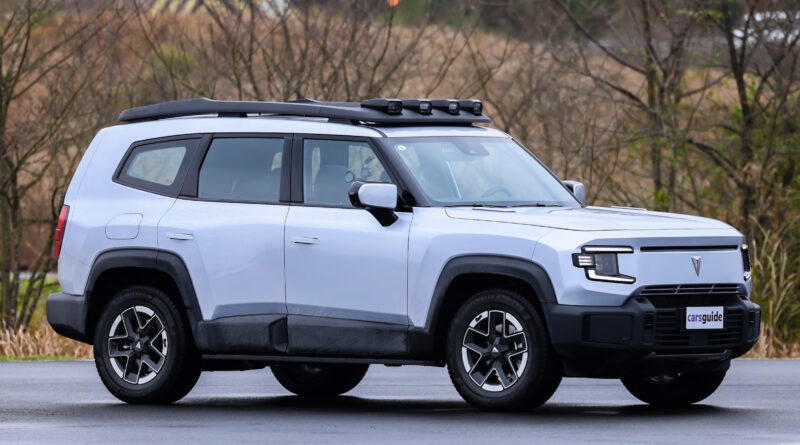
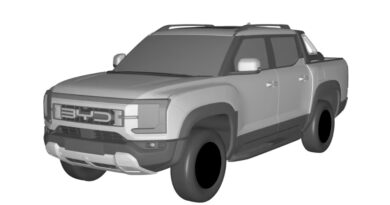
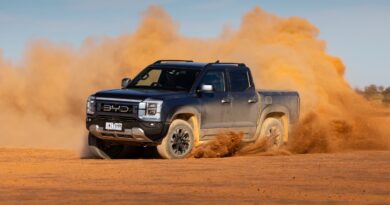
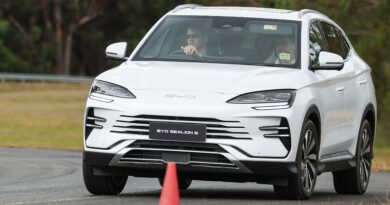
Why is there no mention of petrol consumption for range extenders ? Isn’t it important to be know how much fuel it is using for the most of the supposed 1000km range .